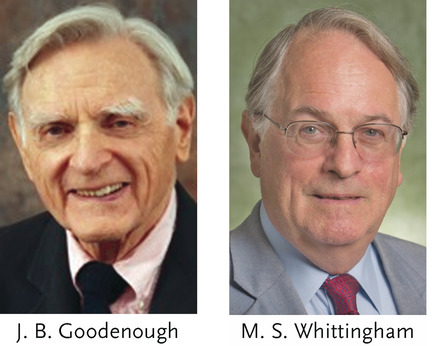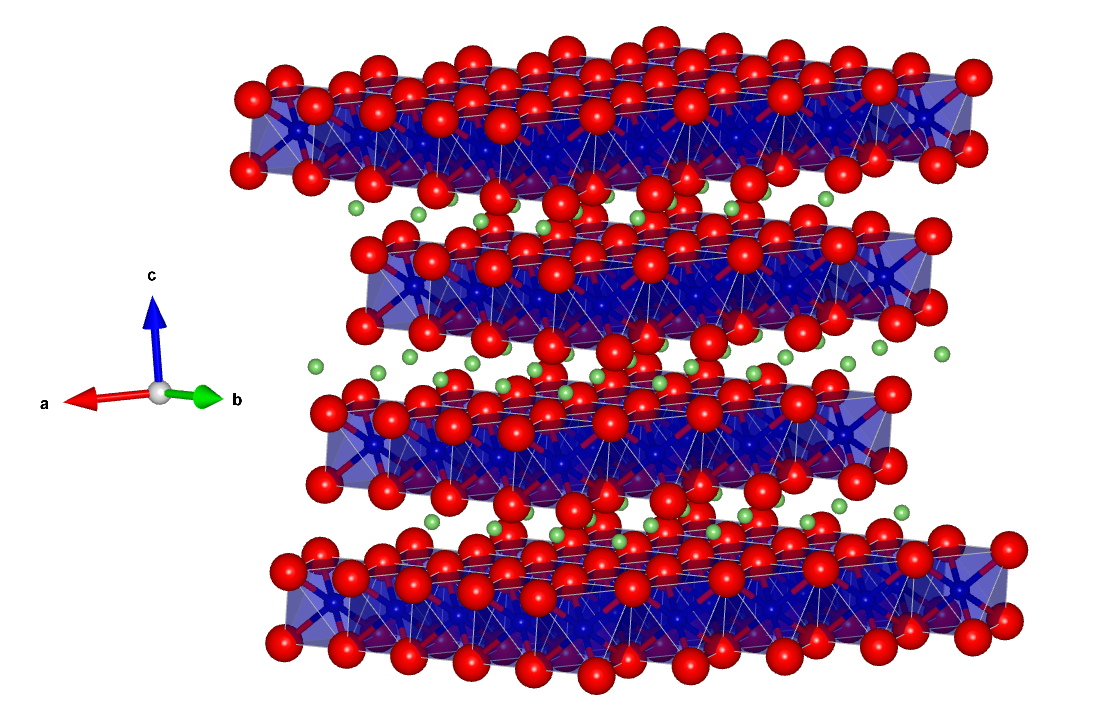What is the process behind picking a specific cathode material for lithium-ion batteries?


What is the process behind picking a specific cathode material for lithium-ion batteries? I and my previous co-writer Shagun Maheshwari had a similar question from a reader on our first article titled “Introduction to Lithium-ion batteries.” Why is cobalt needed in some cathode materials, and how we discovered the cathode materials used today, like lithium nickel manganese cobalt oxide (NMC) and lithium iron phosphate (LFP) cathode materials? I wanted to reply to these questions here. Interestingly, the reply to these questions is majoritarily historical.
In the early 70s, M. Stanley Whittingham joined Exxon to study layered sulfides as superconductors, like tantalum disulfide. That’s when he and his colleagues started to intercalate electron donors into the layered structures to change the superconducting transition temperature. By studying the system carefully, they found out that those materials were able to store a lot of energy reversibly as electrochemical energy. The first rechargeable lithium battery was born. Exxon saw the potential and invested in the research with the goal of eventually making electric cars. That’s when they came up with lithium titanium disulfide (LiTiS2), using titanium instead of tantalum due to the lower density resulting in better specific energy density. While this is interesting, this still doesn’t directly answer our question. However, it was the spark that was needed to eventually light up the flame.
In 1980 and beforehand, John Goodenough and his team, based in Oxford, were looking at the magnetic properties of LiCoO2. When they read M. Stanley Whittingham’s work about a rechargeable lithium battery made using LiTiS2 as a cathode, they noticed how LiCoO2 had the same structure as LiTiS2. Out of curiosity, they decided to study the performance of LiCoO2 as a cathode material in a rechargeable lithium battery. They were very happy when they saw that it not only worked but the material was also able to store way more energy than LiTiS2. This was due to the higher average voltage versus the lithium reference electrode, thanks to the stronger Li - O bonds compared to the weaker Li - S bonds. This was the beginning of a revolution that Sony would eventually turn into a product in 1991 after the discovery that carbon could be used as an anode. The LiCoO2/C lithium-ion battery was commercialized.
While LiCoO2 does contain cobalt, one could wonder how we went from LiCoO2 to the NMC material used today that contains not only cobalt but also manganese and nickel. First, it is interesting to know that John Goodenough was also studying LiNiO2 around that time, and the work of J.C. Hunter in 1981 and M.M. Thackeray and coworkers, under the supervision of Goodenough in 1983, allowed to discover that LiMn2O4 was also potentially useful as a cathode material. However, Jeff Dahn discovered that LiNiO2 was unsafe after one of his coin cells exploded during the building process.
In 2001, in an attempt to make cheaper and safer cathode materials that have higher capacity, Jeff Dahn and Zhonghua Lu had the brilliant idea to combine all of them into one material to create NMC, which resulted in the modern cathode.
In conclusion, the discovery of the cathode material NMC was made possible by trial and error experiments, curiosity, creativity, and interdisciplinary research. This really shows why thinking outside the box is vital in the scientific world; you never know what discoveries await.